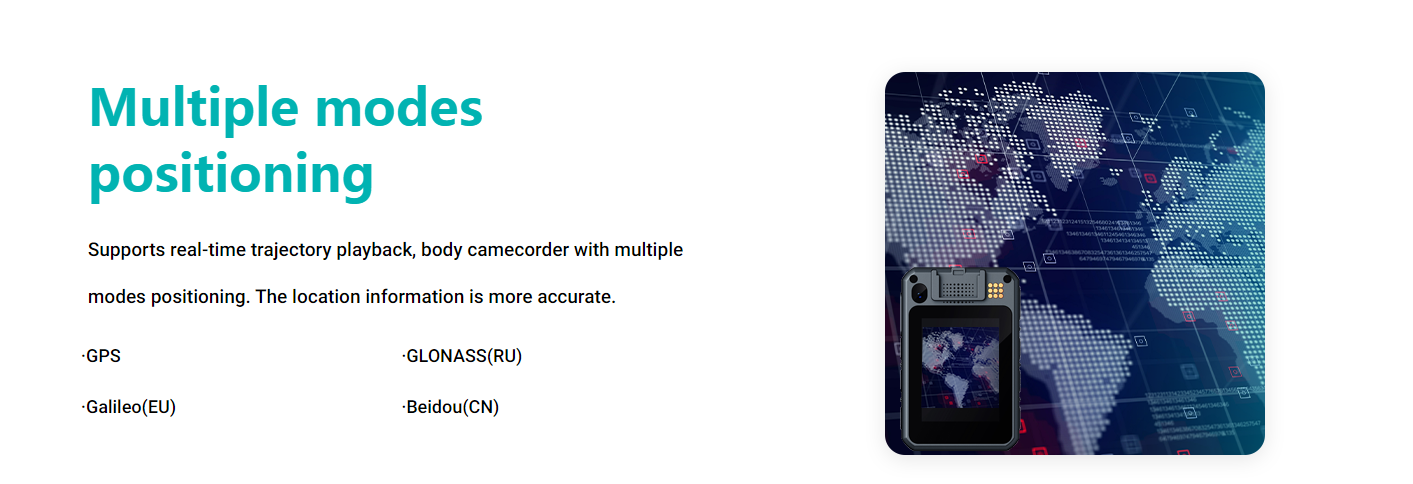The effectiveness of body worn cameras in law enforcement
As reforms are made to increase accountability on both the civilian and police sides, recent tragedies involving police and civilians continue. Due to their prevalence and effectiveness, cell phone videos are increasingly being used by the public as a means of capturing any interaction with law enforcement—serving as a bulwark against aggressive practices. Body worn cameras are designed to capture civilian interactions from the officer's perspective and provide a record for supervisors or other reviewing officials. There is a growing body of research on the impact of body cameras, which suggests that they can have positive effects. For example, evaluations have found evidence that they reduce the use of force by police officers, promote greater transparency and accountability in policing practices, increase community trust in law enforcement agencies, and improve officer safety.
One of the reasons that law enforcement agencies are turning to body worn cameras is because they have found them to be effective. Several studies have shown that when police officers wear body worn cameras, both civilians and fellow officers file fewer complaints against them. The groundbreaking Rialto Police Department study found that when officers wore body worn cameras on their uniforms, violent encounters between police and civilians dropped by 60 percent and complaints about excessive force fell by 88.9%. Many law enforcement agencies have also found that body worn cameras can be used as a tool to solve crimes. In one case, an officer shot and killed someone who was resisting arrest. The body worn camera recorded what happened during the incident and proved that the officer acted appropriately.
During a yearlong experiment, 54 Rialto police officers were instructed to turn on their audio/video body cameras during any contact with the public (except in cases involving sexual assault of minors or involving police informants). The team conducting the study would upload footage at the end of each 12-hour shift and monitor it. The researchers' findings were impressive. After reviewing nearly 1,000 shifts that had been captured on camera, they found that UOF rates had decreased by 58% from previous years and citizen complaints were down 88% from the weeks before deployment of body cameras (as a baseline). The study's authors concluded that when body worn cameras were introduced, both civilians and police officers began to conform to social norms in order to be viewed favorably by their peers. The researchers call the cameras a "neutral third eye," which encourages police officers and civilians alike to behave more thoughtfully because they know their behavior will be documented. Body worn camera use has been studied in a number of communities, including Kentucky and the United Kingdom.

The increasing use of body worn cameras
Due to the success of these programs, government funds are becoming available for body worn camera programs across the country.
In 2014, President Obama requested that Congress appropriate $263 million to purchase body worn cameras for police officers. Despite the Justice Department's decrease in funding for local law enforcement, some agencies are still spending big on technology. Every week, the police announce a new body camera pilot program. The number of police departments using body cameras will continue to grow, with the latest commitments from Atlanta and Chicago bringing the total number of cities that have made such a commitment to at least 20.
This year, Ohio introduced a bill that would require all police officers to wear cameras and provided $54 million in funding for law enforcement agencies to acquire the gear. Many law enforcement agencies have been fortunate enough to receive funding needed to purchase body cameras, and others have been given the authority by their governing bodies. But other agencies are forced cut back on discretionary spending—and even eliminate programs like school resource officers—to afford this technology themselves.
Despite the increasing national attention given to human body worn cameras and similar technologies, most jurisdictions have not moved beyond approving funds or authorizing their use. For example, in New York City, there is a system of human body worn cameras that is mandatory for all police officers—yet not one single officer has worn this technology since the program was implemented.
In the past, complaints from citizens prompted police departments to adopt more stringent policies and supervision of officers’ conduct. Today, body worn cameras have taken on that role for many law enforcement agencies. Body worn cameras are recording devices that police officers wear on their uniforms or in their vehicles. The cameras can be activated by the officer at any time, and they automatically record the 30 seconds prior to activation. In addition to providing a record of arrests, investigations and other interactions with the public, body worn cameras help ensure that officers’ behavior is appropriate, fair and professional.
KingTop offers a wide selection of body cameras for law enforcement agencies, including professional-grade models from leading brands. These cameras are the most advanced recording equipment available for sworn in officials. With cloud backup storage, extremely high resolution video and audio recordings—not to mention the ability to remotely monitor these live feeds from anywhere with an Internet connection—these human cameras provide unparalleled surveillance capabilities.

Summary
Regardless of the solution chosen by police authorities or individual officers, equipping law enforcement officials with recording devices should help to increase accountability. The expansion of body cameras to other departments could be a boon for politicians, who have been plagued by accusations of corruption.


 French
French German
German Arabic
Arabic Italian
Italian Spanish
Spanish Japanese
Japanese Persian
Persian Korean
Korean Chinese (Simplified)
Chinese (Simplified)









